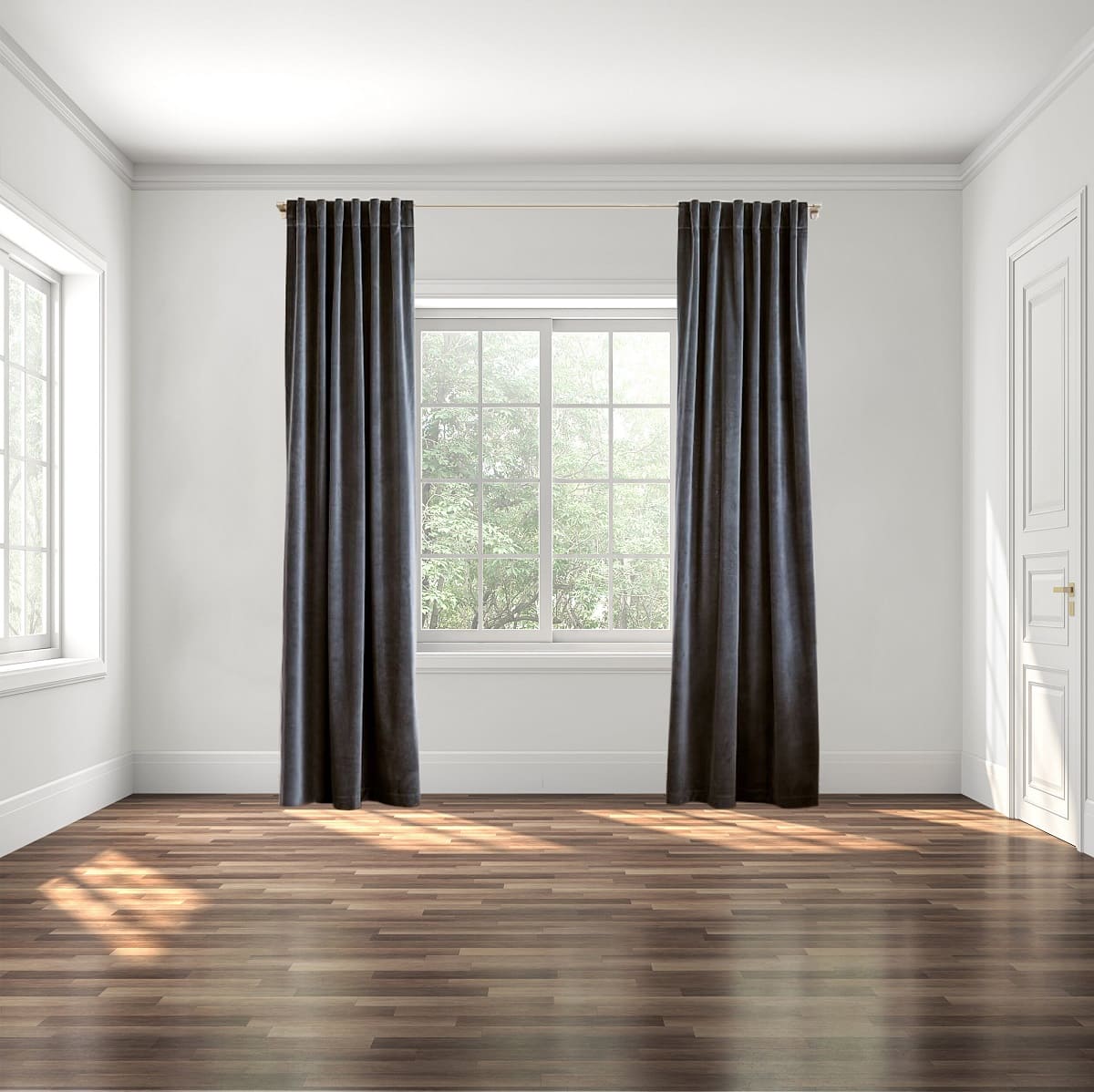

Articles
How Far Off The Floor Should Curtains Be
Modified: January 19, 2024
Get expert advice on how far off the floor curtains should be in this informative article. Find the perfect length for your curtains and enhance your home decor.
(Many of the links in this article redirect to a specific reviewed product. Your purchase of these products through affiliate links helps to generate commission for Storables.com, at no extra cost. Learn more)
Introduction
When it comes to choosing curtains for your windows, there are various factors to consider to achieve the perfect look and functionality. One crucial aspect that often gets overlooked is the height at which the curtains should hang from the floor. Getting this measurement right can make a significant difference in the overall appearance of a room.
Why does the height of curtains matter, you may wonder? Well, the way curtains hang can impact the visual perception of the room’s size and proportions. They can also affect the level of privacy and light control you desire. In addition, the height of curtains can complement or detract from the other elements in your space, including furniture and decor.
In this article, we will delve into the reasons why the height of curtains is important and go over the factors to consider when determining the appropriate curtain height for your windows. We will also provide general guidelines that you can follow as well as specific recommendations for different types of rooms. By the end, you will understand the significance of curtain height and be equipped to make the right choices for your home.
Key Takeaways:
- The height at which curtains hang can visually impact room size, privacy, and functionality. Consider factors like window size, room function, and personal preference to determine the optimal curtain height for each space.
- General guidelines and specific room recommendations provide a starting point for choosing the right curtain height. Ultimately, the curtain height should reflect your unique style and meet the specific needs of your space.
Read more: How Far Off Floor Should Curtains Be
Why the Height of Curtains is Important
The height at which curtains hang from the floor plays a crucial role in the overall aesthetic and functionality of a room. Let’s explore the reasons why getting the curtain height right is so important:
- Visual Perception: The height of curtains can visually impact the size and proportions of a room. Hanging curtains closer to the ceiling can create the illusion of a higher ceiling and make the room feel more spacious. On the other hand, if curtains are hung too low, they can make the ceiling appear lower and the room feel cramped. Strategic curtain height placement can help optimize the overall visual appeal of the space.
- Privacy and Light Control: The height of curtains can also affect the level of privacy and light control you desire. For maximum privacy, curtains should hang all the way down to the floor. This prevents anyone from seeing inside the room from the outside. On the other hand, if you want to allow more natural light into the room, you can opt for curtain heights that leave a gap between the floor and the bottom of the curtains. This allows light to filter in while still providing a level of privacy.
- Cohesion with Room Design: The height of curtains should complement the other elements in the room, including furniture and decor. If you have high ceilings, hanging curtains close to the ceiling will create a sense of harmony. For rooms with lower ceilings, curtains that hang just above the window frame may work best. Ensuring that the curtain height aligns with the overall design aesthetic of the room will help create a cohesive and unified look.
- Functionality: Curtain height can also affect the functionality of the curtains themselves. For example, if curtains touch the floor, they may drag and accumulate dirt, which can be a hassle to clean. Curtains that hover just above the floor can be more practical in high-traffic areas or if you want to easily open and close the curtains without them getting in the way.
Considering these factors, it is evident that the height of curtains should not be underestimated or overlooked. By paying attention to the curtain height, you can enhance the visual appeal, privacy, and functionality of any room in your home.
Factors to Consider When Determining the Height of Curtains
When deciding the appropriate height for your curtains, there are several key factors to take into consideration. These factors will help you determine the optimal curtain height for your specific needs and preferences. Let’s explore these factors in detail:
- Window Size and Type: The size and type of window can greatly influence the curtain height. For smaller windows, you may choose to hang the curtains just above the window frame to maximize natural light. For larger windows or floor-to-ceiling windows, you have more flexibility in terms of curtain height placement.
- Room Function: Consider the purpose of the room when determining the curtain height. For example, in a living room or bedroom where privacy is essential, curtains that touch or slightly graze the floor may be ideal. However, in a kitchen or dining area, curtains that hang just above the window sill or even at mid-height can be more practical.
- Ceiling Height: The height of the ceiling is an important factor to consider when determining curtain height. To create the illusion of higher ceilings, you can hang curtains close to the ceiling, allowing them to cascade down to the floor. This technique can make a room feel more spacious and airy.
- Desired Style: The style and aesthetic you want to achieve in the room will also impact the curtain height. If you desire a more formal look, curtains that pool on the floor can add an elegant touch. On the other hand, if you prefer a more casual or streamlined look, curtains that hover just above the floor can create a clean and contemporary feel.
- Furniture Placement: Consider how the curtains will interact with the furniture in the room. If you have furniture positioned close to the windows, you may want to hang the curtains slightly higher or wider to avoid obstruction. This will ensure that the curtains can fully open and close without getting caught on any furniture pieces.
- Personal Preference: Ultimately, your personal preference should play a significant role in determining the curtain height. Take into account what visually appeals to you and what makes you feel comfortable in the space. Experiment with different curtain heights to find the perfect balance of aesthetics and functionality.
By considering these factors, you can make an informed decision about the height at which to hang your curtains. Remember that there are no hard and fast rules, and it ultimately comes down to what works best for your specific situation and desired outcome.
Curtains should hang 1/2 inch above the floor to prevent them from dragging and to create a clean, tailored look. If you have radiators, leave a 1-3 inch gap.
General Guidelines for Curtain Height
While determining the curtain height can vary depending on individual preferences and room dynamics, there are some general guidelines that can serve as a starting point. These guidelines can help you achieve a visually appealing and functional curtain height for most situations. Here are some general recommendations:
- Hanging curtains close to the ceiling: For an illusion of higher ceilings, consider hanging curtains close to the ceiling. This technique can create a sense of grandeur and make the room feel more spacious. Allow the curtains to extend all the way down to the floor or have a slight puddling effect for an elegant touch.
- Hanging curtains just above the window frame: If you have smaller windows or want to maximize natural light, hanging curtains just above the window frame can be a suitable choice. This approach allows the curtains to emphasize the window without overwhelming the space.
- Hanging curtains to touch the floor: For a classic and timeless look, consider hanging curtains that touch the floor. This creates a seamless and elegant effect. Ensure that the curtains are long enough to rest on the floor without dragging excessively to maintain a neat appearance.
- Hanging curtains above the floor: If you prefer a more modern and functional approach, hanging curtains above the floor can offer several benefits. Curtains that hover just above the floor are less likely to gather dust or get dirty. This height also allows for ease of movement when opening and closing the curtains.
Keep in mind that these guidelines can be flexible, and it ultimately depends on the specific needs and style preferences of your space. Take into account factors such as ceiling height, furniture placement, and room function to determine the best curtain height for your room.
Specific Recommendations for Different Types of Rooms
The appropriate curtain height can vary depending on the type of room you are decorating. Different rooms have different functionalities and design requirements. Here are some specific recommendations for curtain height based on common types of rooms:
- Living Room: For the living room, consider hanging curtains that touch the floor or have a slight puddling effect. This creates an elegant and luxurious look. If you have high ceilings, you can hang the curtains close to the ceiling to add height and grandeur to the space.
- Bedroom: In the bedroom, privacy and light control are particularly important. Opt for curtains that go all the way down to the floor to ensure maximum privacy. You can choose fabrics that are thicker and have blackout properties to enhance the room’s ambiance and help promote better sleep.
- Kitchen: In the kitchen, functionality and ease of cleaning are key considerations. Hanging curtains that are shorter in length, just above the window sill, can work well. This ensures that the curtains stay out of the way when you’re working in the kitchen and minimizes the risk of them getting dirty from food preparation.
- Bathroom: In the bathroom, moisture resistance should be a top priority. Consider using water-resistant or easily washable fabrics for curtains. Depending on the window size and configuration, curtains that hang just above the floor or at mid-height can provide both privacy and a stylish touch.
- Dining Room: For the dining room, curtains that touch the floor or have a slight puddling effect can create an elegant and formal ambiance. If you prefer a more contemporary look, consider curtains that hover just above the floor, allowing for ease of movement around the dining table.
These recommendations provide a starting point to help you choose the appropriate curtain height for different types of rooms. However, it’s important to consider the specific characteristics of your space and personalize the curtain height to suit your unique style and preferences.
Read more: How Far Should Drapes Be Off The Floor
Conclusion
Choosing the right height for your curtains is a crucial aspect of creating a visually appealing and functional space. The height at which curtains hang can affect the overall perception of room size, privacy, light control, and cohesion with the room’s design. By considering factors such as window size, room function, ceiling height, furniture placement, and personal preference, you can determine the optimal curtain height for each room in your home.
General guidelines, such as hanging curtains close to the ceiling for a grandeur effect or just above the window frame to maximize natural light, can be a helpful starting point. Additionally, specific recommendations for different types of rooms, like bedroom curtains that provide privacy and light control or kitchen curtains that are shorter for practicality, can assist you in making informed decisions.
Remember that these guidelines and recommendations are not set in stone. Ultimately, the curtain height should reflect your unique style and meet the specific needs of your space. Take into account the desired aesthetic, functionality, and personal preference when choosing the appropriate curtain height.
By paying attention to the height of your curtains, you can transform the look and feel of any room. Whether you’re aiming for a formal elegance, a cozy atmosphere, or a modern aesthetic, the right curtain height can elevate the overall design and make a significant impact on the overall ambiance of your home.
So, the next time you’re selecting curtains for your windows, take a moment to consider the height at which they should hang. Careful consideration and implementation of curtain height will not only enhance the visual appeal but also improve privacy, light control, and the overall functionality of your space.
Frequently Asked Questions about How Far Off The Floor Should Curtains Be
Was this page helpful?
At Storables.com, we guarantee accurate and reliable information. Our content, validated by Expert Board Contributors, is crafted following stringent Editorial Policies. We're committed to providing you with well-researched, expert-backed insights for all your informational needs.





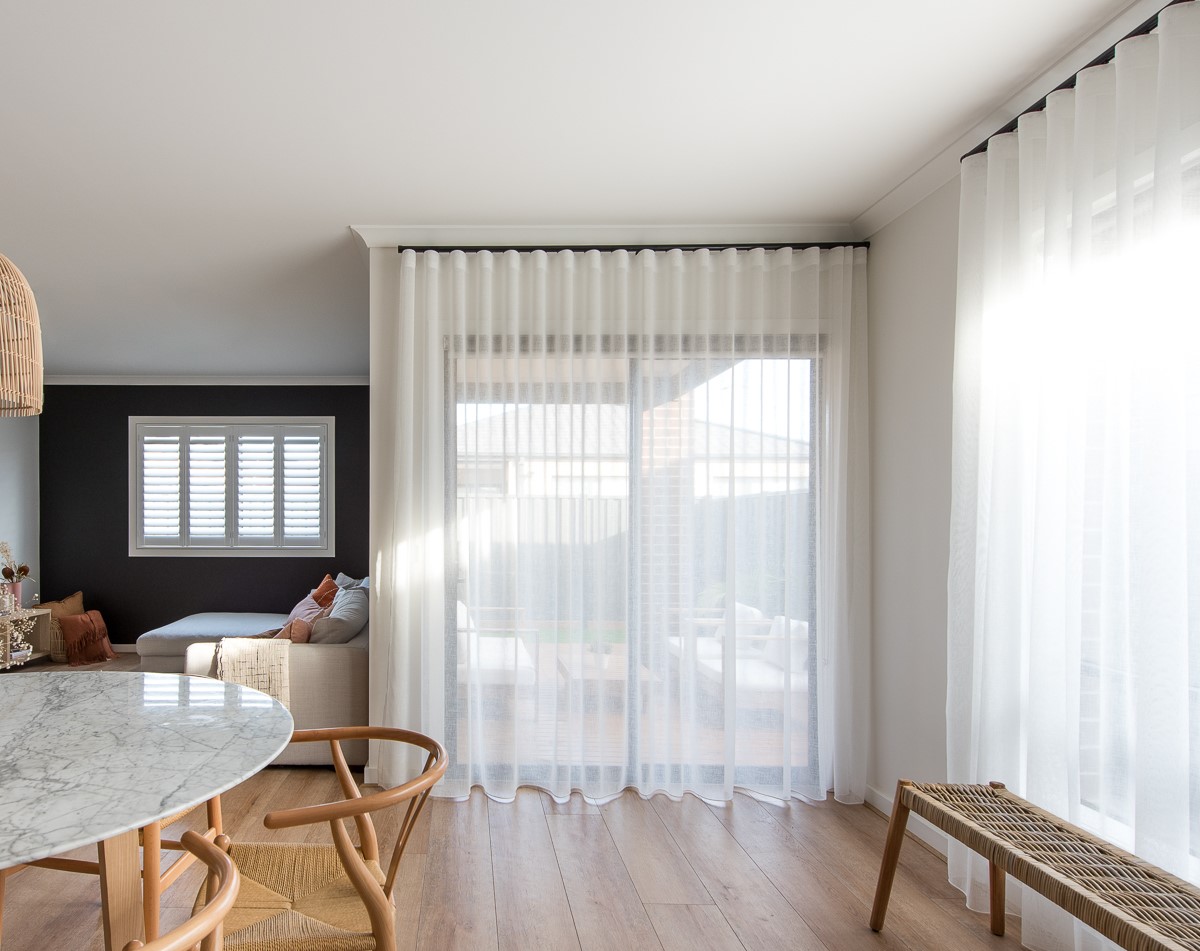



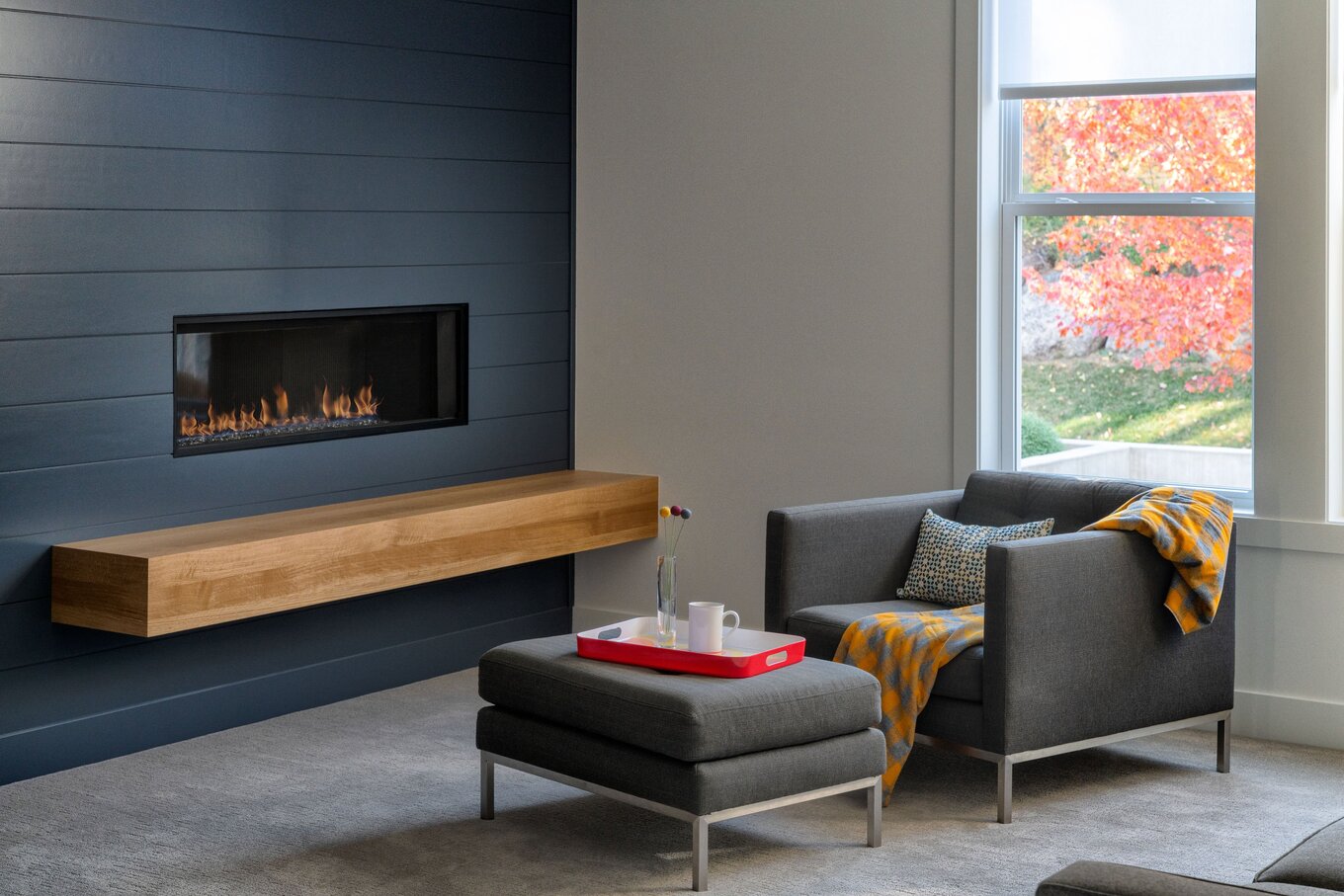


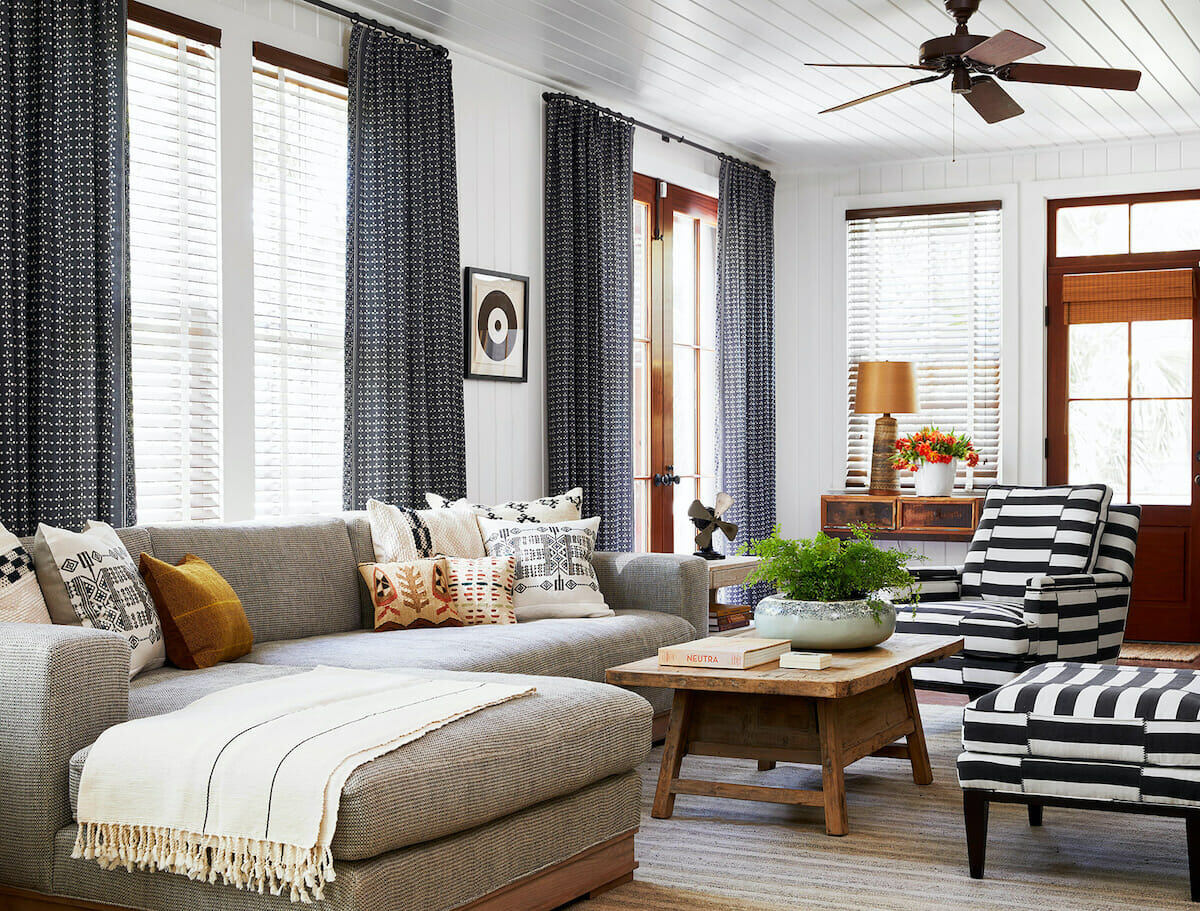
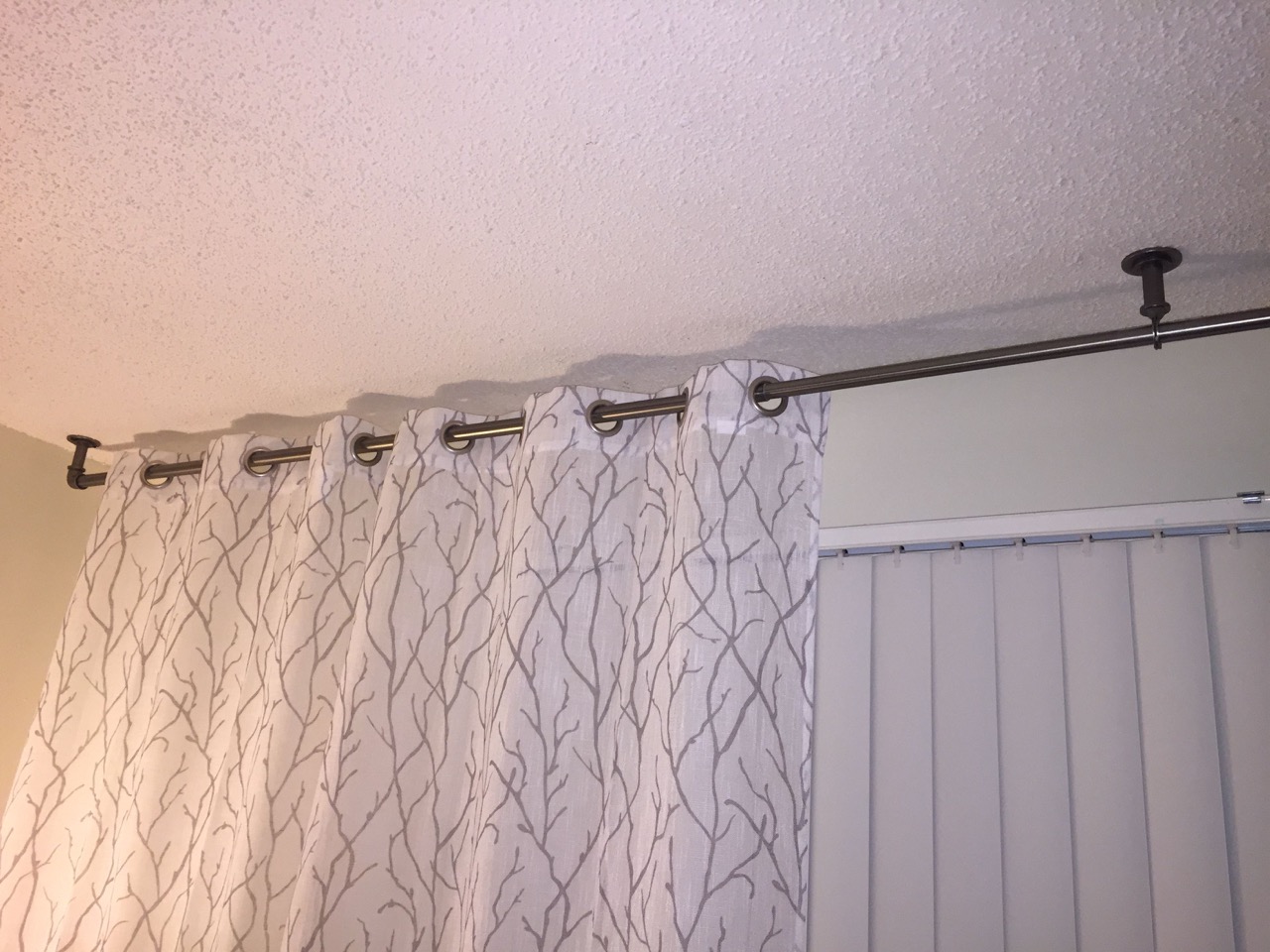

0 thoughts on “How Far Off The Floor Should Curtains Be”